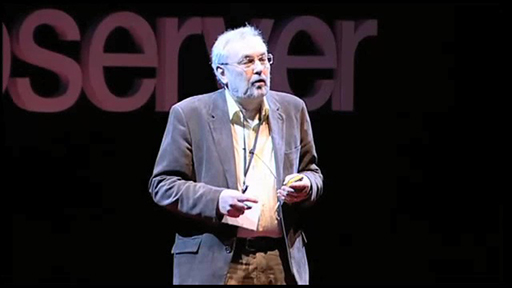2.1.3 What is a friend?
In 1992 Robin Dunbar, an anthropologist, suggested that the optimum number of friendships one person can maintain is 148 (Dunbar, 2012). This theory has become known as ‘Dunbar’s number’. Over the last two decades Dunbar has continued to review his theory. While he still maintains that 148 is the optimal friendship network, he talks about the existence of smaller networks within this, each differing in intimacy.
The French philosopher André Comte-Sponville has argued against Dunbar’s basic premise. He believes friendship numbers are much smaller, with true friendship requiring more time, sincerity and intimacy than it’s possible to devote to as many as 148 individuals (Joignot, 2014).
Digital social networks remove many of the physical and time barriers to staying connected with friends face-to-face. So do we need to revise Dunbar’s number in this new digital world of friendships?
Clearly, what you believe depends on how you define ‘friend’. Social networks allow children to connect to hundreds of ‘friends’, but are these friendships the same as face-to-face friendships?

Transcript: Social Networks
What does having access to an almost limitless number of digital ‘friends’ mean for children’s social networks and their definition of a friend? Think about what friendship means to you.
You’ll move now beyond social networks to consider how children engage in virtual environments.
